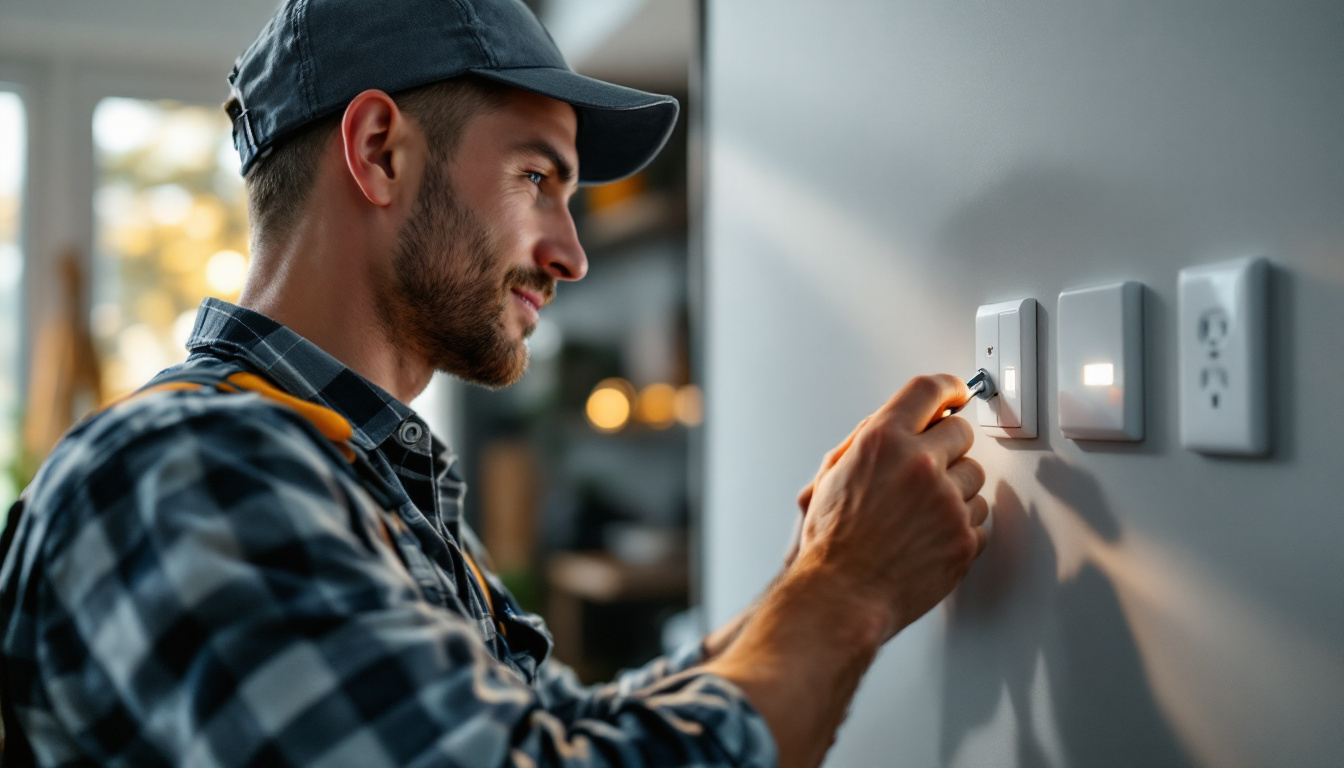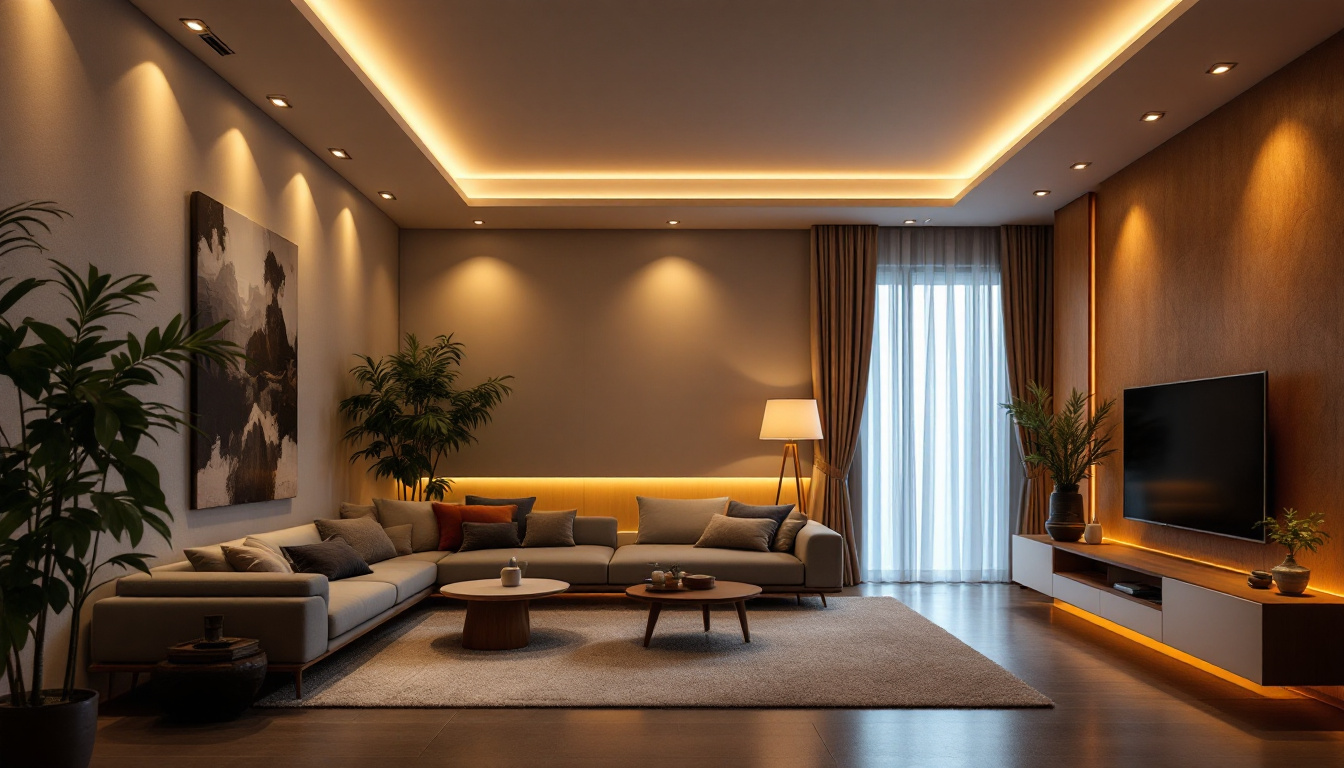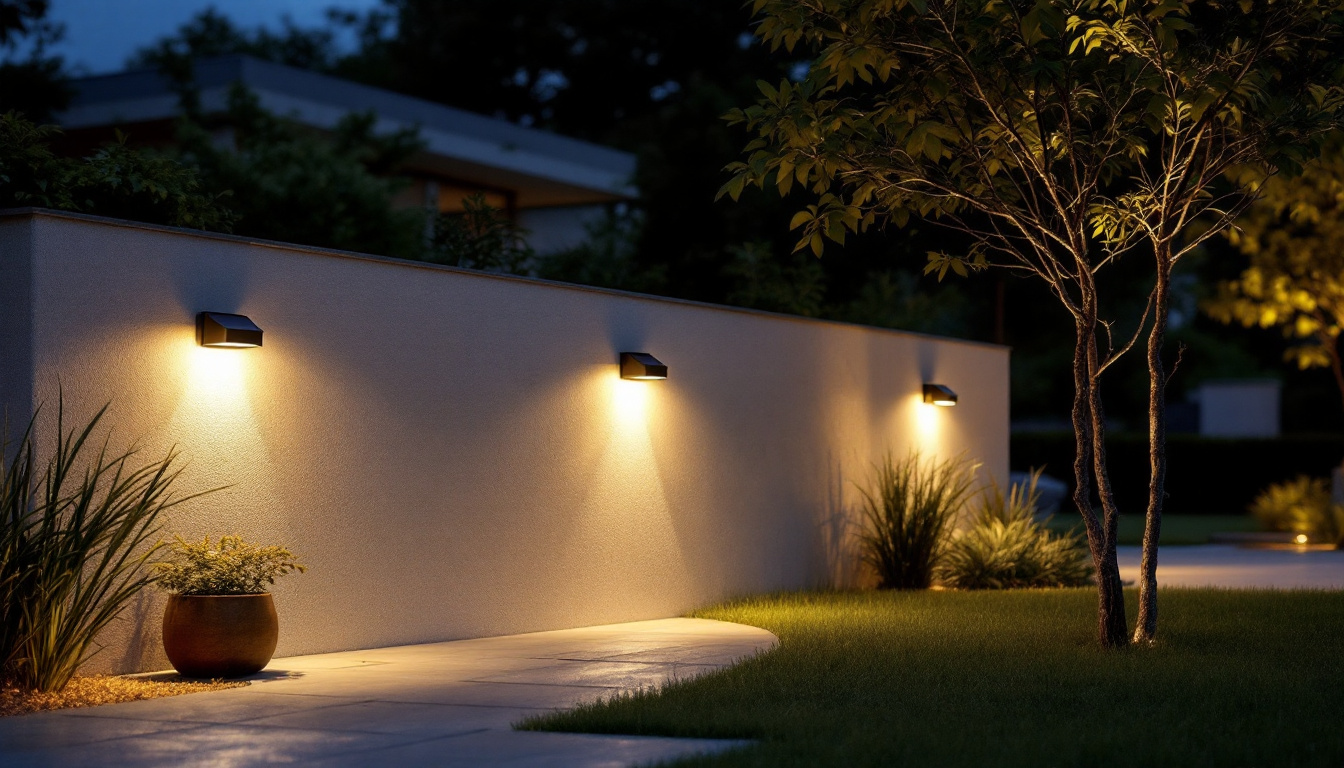
In the world of electrical installations, switches and outlets are two of the most fundamental components. For lighting contractors, understanding the nuances of these elements is crucial for ensuring safety, functionality, and aesthetic appeal in any project. This article provides expert advice tailored specifically for lighting contractors, covering essential aspects of switches and outlets, installation tips, and best practices.
Switches and outlets serve distinct roles in electrical systems, yet they are interconnected in their function. A switch controls the flow of electricity to a light fixture or appliance, while an outlet provides a point of access for plugging in devices. Mastery of both components is essential for any lighting contractor aiming to deliver high-quality installations.
Switches come in various types, including single-pole, three-way, and dimmer switches. Each type serves a specific purpose and is designed for different scenarios. Single-pole switches are the most common, allowing users to control a light from one location. Three-way switches enable control from two different locations, making them ideal for hallways or large rooms. Dimmer switches offer flexibility in lighting intensity, enhancing the ambiance of a space.
When selecting switches, consider the application and the preferences of the client. For instance, dimmer switches might be more suitable for a dining area, while robust single-pole switches could be ideal for high-traffic areas. Additionally, ensure that the switches comply with local electrical codes and standards. It’s also worth noting that smart switches have gained popularity, allowing users to control lighting remotely via smartphones or voice commands, further enhancing convenience and energy efficiency.
Outlets, also known as receptacles, are essential for providing power to various devices. They come in standard configurations, such as duplex outlets, but can also include specialized types like GFCI (Ground Fault Circuit Interrupter) and AFCI (Arc Fault Circuit Interrupter) outlets. GFCI outlets are crucial in areas prone to moisture, such as kitchens and bathrooms, as they prevent electrical shocks. AFCI outlets, on the other hand, protect against electrical fires by detecting dangerous arcing conditions.
When planning the installation of outlets, consider the layout of the space and the expected usage. It’s important to provide enough outlets to avoid overloading circuits and to ensure that clients have convenient access to power sources. In addition, positioning outlets at appropriate heights and locations can significantly enhance the usability of a space. For example, placing outlets near countertops in kitchens or at floor level in living rooms can accommodate a variety of devices, from kitchen appliances to entertainment systems. Furthermore, incorporating USB outlets has become increasingly popular, allowing for easy charging of mobile devices without the need for bulky adapters.
Proper installation of switches and outlets is vital for safety and functionality. Following best practices not only ensures compliance with electrical codes but also enhances the overall quality of the installation.
Before installation begins, careful planning of the layout is essential. This involves determining the optimal locations for switches and outlets based on the room’s design and the client’s needs. Consider factors such as furniture placement, traffic flow, and the purpose of each space.
For example, in a living room, outlets should be placed near seating areas to accommodate lamps and electronic devices. In kitchens, outlets should be strategically located near countertops and appliances to facilitate easy access. Additionally, ensure that switches are positioned at a comfortable height and are easily accessible. Incorporating USB outlets can also be a modern touch, providing convenient charging options for smartphones and tablets without the need for bulky adapters.
Moreover, it’s beneficial to think about future needs during the planning phase. As technology evolves, the demand for power sources may increase. Installing extra outlets or using multi-gang boxes can help accommodate future devices without the need for extensive renovations. This foresight not only enhances user convenience but also adds value to the property.
Safety should always be the top priority during installation. Adhering to local electrical codes is crucial, as these regulations are designed to protect both the contractor and the end-user. Familiarize yourself with the National Electrical Code (NEC) and any local amendments that may apply.
When installing switches and outlets, use appropriate tools and materials. Ensure that all connections are secure and that wires are properly stripped and connected. It’s also essential to test the installation after completion to verify that everything is functioning correctly. This includes checking for proper grounding, ensuring that GFCI outlets reset correctly, and confirming that dimmers operate as intended. Additionally, consider the environmental impact of your installation choices; using energy-efficient devices can significantly reduce electricity consumption and contribute to sustainability efforts.
Furthermore, educating clients about the importance of regular maintenance can enhance the longevity of the installation. Encourage them to periodically check for signs of wear, such as discoloration around outlets or flickering lights, which may indicate underlying issues. Providing them with a simple checklist can empower homeowners to take proactive measures, ensuring that their electrical systems remain safe and reliable over time.
The market offers a wide range of switches and outlets, making it essential for lighting contractors to choose high-quality products that meet the needs of their clients. Factors to consider include durability, design, and functionality.
When selecting switches and outlets, prioritize products made from durable materials that can withstand frequent use. Look for items that have been tested for safety and reliability, as this will minimize the risk of failures and callbacks. Brands that have established a reputation for quality often provide warranties, which can offer additional peace of mind.
Consider the environment in which the switches and outlets will be installed. For outdoor applications, weather-resistant products are essential to ensure longevity and safety. In high-traffic areas, robust designs that can endure wear and tear are advisable.
While functionality is paramount, the design of switches and outlets should not be overlooked. Aesthetically pleasing products can enhance the overall look of a space. Many manufacturers offer a variety of styles, colors, and finishes that can complement different interior designs.
When discussing options with clients, present a range of choices that align with their vision for the space. This could include sleek modern designs for contemporary homes or more traditional options for classic interiors. Customizable plates and finishes can also add a unique touch to the installation.
As technology advances, so do the options available for switches and outlets. Smart home technology has gained popularity, allowing homeowners to control lighting and appliances remotely. Understanding these innovations can set lighting contractors apart in a competitive market.
Smart switches and outlets offer convenience and energy efficiency. They can be controlled via smartphone apps or voice commands, allowing users to manage their lighting and devices from anywhere. This technology often includes features like scheduling, dimming, and energy monitoring, providing added value to clients.
When recommending smart products, consider compatibility with existing home automation systems. It’s also essential to educate clients on the benefits and functionalities of smart devices, as some may be unfamiliar with the technology.
Energy efficiency is a growing concern for many homeowners. Incorporating energy-efficient switches and outlets can help clients reduce their energy consumption and lower utility bills. Look for products that are ENERGY STAR certified or those that feature advanced energy-saving technologies.
For example, occupancy sensors can automatically turn lights on or off based on the presence of people in a room, significantly reducing energy waste. Similarly, timers can help regulate usage, ensuring that lights and devices are not left on unnecessarily.
Even the most experienced lighting contractors can encounter challenges during the installation of switches and outlets. Being prepared to address these issues can help ensure a smooth process and maintain client satisfaction.
One of the most common challenges is working with existing wiring, which may not always meet current standards or may be in poor condition. Before beginning installation, assess the existing wiring and determine whether it needs to be replaced or upgraded. This may involve additional work, but it is crucial for ensuring safety and compliance.
If the wiring is outdated or damaged, it is advisable to consult with a licensed electrician to evaluate the situation. In some cases, it may be necessary to rewire sections of the home to accommodate new switches and outlets safely.
Clear communication with clients is essential for managing expectations. Discuss the scope of work, timeline, and any potential challenges upfront. This transparency helps build trust and ensures that clients are informed throughout the process.
Regular updates during the installation can also enhance client satisfaction. If any issues arise, promptly address them and discuss potential solutions. This proactive approach can prevent misunderstandings and foster a positive working relationship.
Switches and outlets are integral components of any lighting installation. By understanding their functions, following best practices for installation, choosing quality products, and staying informed about technological advancements, lighting contractors can deliver exceptional results. Addressing common challenges with effective solutions further enhances the quality of service provided to clients.
Ultimately, the goal is to create safe, functional, and aesthetically pleasing lighting solutions that meet the unique needs of each client. With the right knowledge and approach, lighting contractors can excel in their field and contribute to the overall satisfaction of their customers.
Ready to elevate your lighting installations with superior quality and value? Look no further than LumenWholesale for all your switch and outlet needs. Our spec-grade lighting products are designed to meet the highest industry standards, ensuring reliability and performance for every project. With unbeatable wholesale prices and the convenience of free shipping on bulk orders, you can trust us to provide the best lighting solutions without the extra costs. Don’t compromise on quality or affordability. Discover wholesale lighting at the best value today and take the first step towards more successful and satisfying lighting projects.

Discover the essential insights every lighting contractor needs to know about recessed lights.

Discover how LED technology is revolutionizing the lighting industry, offering contractors a sustainable and cost-effective alternative to fluorescent tubes.

Discover the essential insights lighting contractors need to meet client expectations for solar wall mounted lights.

Discover how to transform your home with LED lights by optimizing for maximum efficiency.